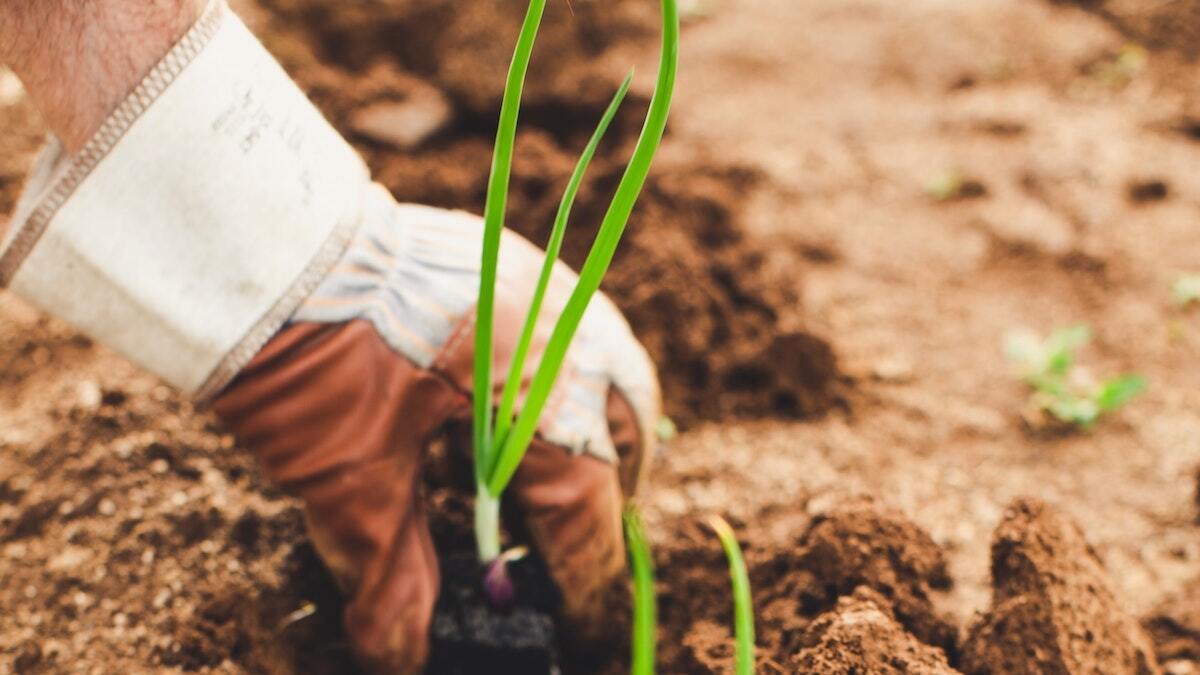If you have not already done so, it is time to make your New Year's resolutions. This year, make gardening resolutions to go green. Going green is all about learning how to live a more eco-friendly and sustainable lifestyle. As a gardener, think about how to put into practice eco-friendly plans. It is easy to go green.
There are plenty of small ways you, as a gardener, can make a big difference or impact on our environment. So, add going green to the list of New Year’s gardening resolutions.
Plant a backyard vegetable or flower garden. It does not have to be big. It could be a raised bed or pots of vegetables or flowers. If space is limited, think about what vegetables or flowers you like the most. Now to go green, buy organic seeds and plants. Organic-grown refers to a regulatory label with a strict set of rules and qualifications governed by the U.S. Department of Agriculture under the National Organic Program.
The rules are in response to agriculture's heavy reliance on synthetic fertilizers and pesticides. Some of these have been linked to serious health problems. The National Organic Program offers guidelines and rules around food production and farming practices.
Something a gardener might not think of in going organic is that the nonuse of pesticides will save many bees and other beneficial insects. One of the most important is to save our honey bees and other native bees because they are so important to pollinating our fruits and vegetables. Buying organic honey supports natural beekeeping practices.
Grow native plants of our area. Many are beautiful flowering plants and are an excellent source of pollen for birds (for example, hummingbirds, bees, butterflies and other beneficial insects). Caterpillars, like the Monarch and swallowtail butterflies, depend on the leaves of native plants as a food source as they grow. Leaving the seed pods on perennial plants also provides a source of food for birds in the winter.
If you’re not planting a garden or if you want to supplement what you grow, buy locally. Check out local farmers markets, as there are many health and environmental benefits from buying from local farms and orchards. Check to see if they are organically produced. Buying locally also means fresher produce and a reduction of air-polluting fossil fuels.
Another way to go green is water conservation. Rain barrels are an excellent way to collect rainwater. Use rainwater to water your garden and pots of plants during dry periods. Think of conserving water when you water your garden by using less water and irrigating each individual plant instead of using a hose or overhead sprinkler.
Compost leftover wastes, like melon rings, fruit peels, egg shells and other everyday leftovers. You can find lots of hints on composting and compost bins on the internet. Many gardeners save coffee grinds to use around their plants. Compost helps your garden grow!
Take time out from your gardening to have a green picnic. Use compostable plates and tableware. Opt for washable towels or clothes instead of paper napkins and towels. Ditch the plastic straws!
Gas engines like your lawnmower and weed wacker may be small, but they have effects on air quality. Switching to an electric mower or trimmer will reduce emissions and the effects on air quality. Cutting less frequently and mulching with grass clippings also reduces the impact.
An important way to help your community go green is to volunteer for organizations that protect our parks, natural areas, people and the environment.
These are only a few of the ways to go green for the gardener. Look on the internet, and you will find hundreds of ways to go green, not only for gardening, but also for many other areas.




.webp)
.webp)
